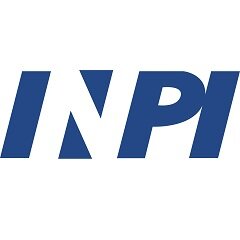Most inventors seek a patent to obtain the actual or potential commercial advantages that go along with the right to exclude others. Given the high cost of research and development, the opportunity to recoup these costs through commercial exploitation of the invention may be the primary justification for undertaking research in the first place.
It is important to note that a patent (i.e. the right to exclude others) does not give the inventor the right to practice the invention. The inventor can practice his invention only if by so doing he does not also practice the invention of an earlier unexpired patent.
The indirect exploitation of a patent may be exclusive, e.g., by selling all rights in the patent or granting an exclusive license. Licenses can be non-exclusive, allowing many parties, including the inventor, to practice the invention simultaneously.
A patent may also provide commercial advantages in addition to the potential for an exclusive market position or licensing income. A patent often lends business credibility to start up ventures and can open doors to both technical assistance and financing necessary to bring a new product to market. An improvement patent may also provide the barter necessary to cross-license any basic patents held by others which block the path to market.
Internet: <www.aipla.org> (adapted).


